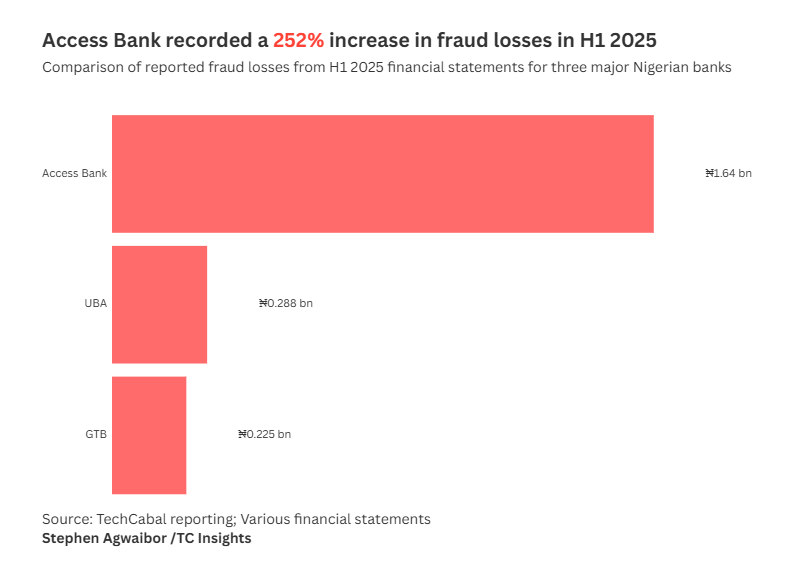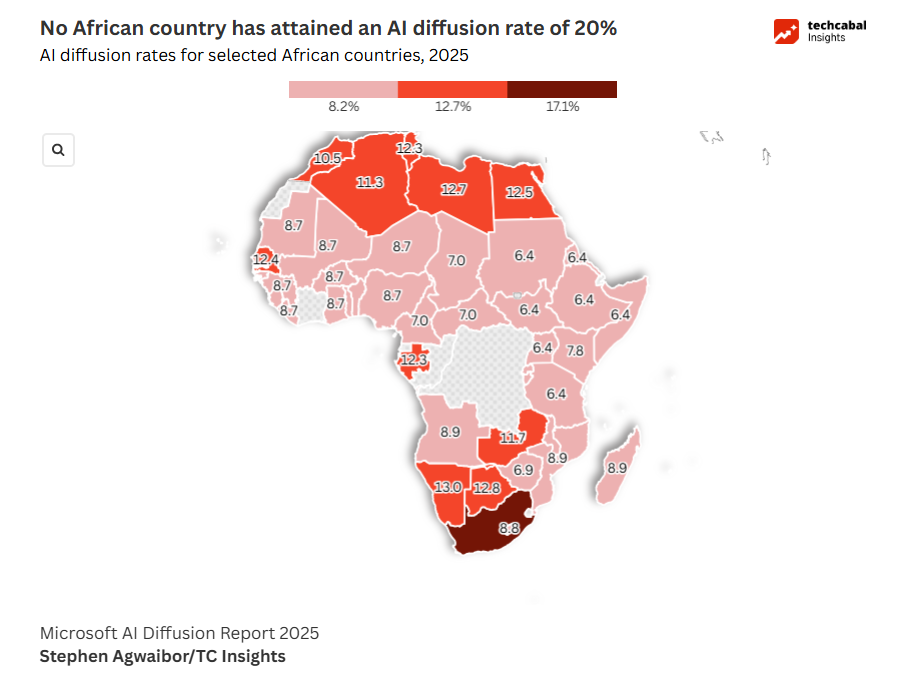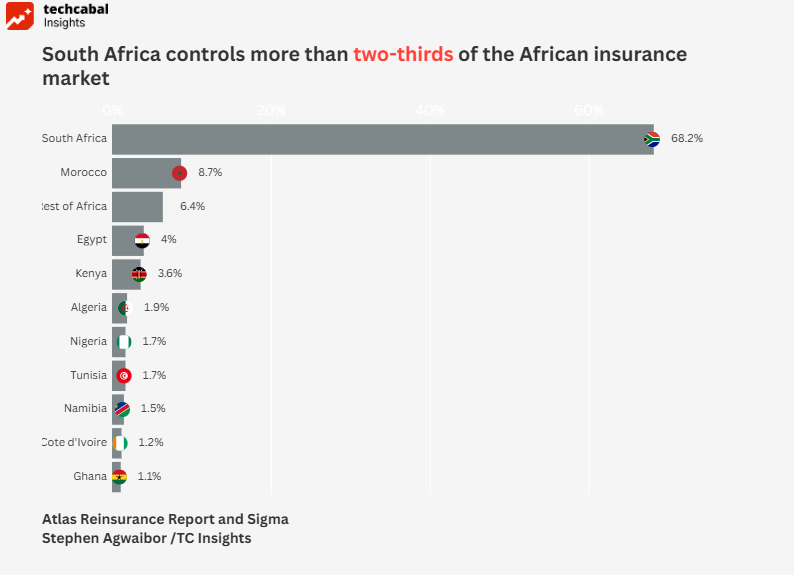On August 8, TechCabal Insights, in partnership with Quidax, convened industry leaders for a high-level virtual dialogue on how stablecoins are reshaping cross-border trade in Africa, alongside findings from the recently launched “The Rise of OTC and stablecoins: Africa’s Quiet FX Revolution” report.
The discussion revealed how African businesses are exploring OTC (Over-the-counter) trading and stablecoins to simplify cross-border settlements, solve structural FX challenges, and navigate inflationary pressures. Here are the insights that stood out:
Africa’s digital-first context and the stablecoin surge
Africa presents a compelling case for alternative payment systems. The continent shows strong digital adoption potential with 1.5 billion people, a median age of 19.2 years, 51% smartphone penetration, and over 283 million monthly mobile money users in the Sub-Saharan region. However, persistent challenges, including high inflation rates and significant unbanked populations, create urgent demand for innovative financial infrastructure.
Stablecoins have stepped into that gap. According to the report, they now account for 43% of regional crypto transactions, overtaking Bitcoin as the settlement choice for African cross-border payments. Globally, stablecoin adoption grew 147% year-on-year, driven by demand for speed, confidentiality, and cost efficiency.

“Stablecoins make it simpler and faster for businesses to settle cross-border transactions,” noted Adedayo Ojo, an analyst at TC Insights. “Instead of waiting days for traditional FX transactions, settlements happen in minutes, at a fraction of the cost.”
What’s driving OTC and stablecoin adoption?
Liquidity and accessibility: Traditional African FX systems often require high collateral and paperwork. “With stablecoins, once you verify your identity, you have access to foreign exchange,” said Chime Ihebenachi, Quidax’s Chief Information Security Officer.
The need for speed: “We live in an age where you order on Amazon and expect next-day delivery,” said Ezichim Onweagaba, Head of Global Partnerships at Quidax. “Businesses want the same speed for payments, and stablecoins deliver that.”
Regulatory tailwinds: Recent policy shifts in Nigeria and Ghana, including licensing frameworks and sandbox programs, signal growing confidence in crypto rails as legitimate payment systems.
Faith Okafor Mbah, Co-Founder of Blockchain Nigeria User Group, added a third dimension: cost. “Cross-border banking transactions in Africa can take three to five days and cost 2–8% in fees,” she said. “With OTC and stablecoins, those costs drop below 1%, and settlements happen instantly. For businesses operating on thin margins, that difference is transformative.”
ALSO READ: Stablecoins make up 43% of Sub-Saharan Africa’s crypto transactions in 2024
The infrastructure behind the scenes
OTC desks have evolved from niche services for “whales” into critical infrastructure for African businesses. Unlike centralised exchanges, OTC platforms handle large-volume trades privately, preventing market slippage and offering deep liquidity.
Faith explained that these platforms are now API-driven, enabling automated workflows, credit facilitation for working capital, and compliance-grade processes. “We’re seeing OTC desks not just facilitating trades, but transforming into enterprise-grade infrastructure for global and local businesses,” she said.
Current challenges
Regulatory fragmentation across markets persists, slowing interoperability. Relatedly, KYC and AML enforcement gaps are raising concerns over illicit flows.
Knowledge gaps in corporate treasury and operations teams also create adoption lags. “Education isn’t optional. It’s the number one adoption bottleneck,” Faith emphasised. “Companies often delay stablecoin implementation for months because internal teams lack confidence.”
What’s next for OTC and stablecoins in Africa?
The consensus of the panellists was that the next three to five years will be pivotal. Some of the bold predictions include:
- OTC will become “invisible infrastructure” for African trade, powering cross-border settlements behind the scenes.
- Regulatory clarity, including guidelines for issuing stablecoins and compliance frameworks, could unlock widespread institutional adoption.
- Local-currency stablecoins, pegged to African currencies or resources like gold, could deepen intra-African trade and reduce dependence on USD.
- Integration with open banking and continental agreements like AfCFTA will accelerate adoption across sectors.
In summary, the convergence of demographic trends, technological infrastructure, and regulatory support could, if well-utilised, play to the continent’s advantage. As businesses increasingly prioritise speed, cost-efficiency, and accessibility in cross-border payments, stablecoins and OTC trading could become an alternative support system for African commerce, reshaping how African companies engage with global markets.
You can download the full report here to learn more about the data and insights behind the rise of OTC trading and stablecoin adoption in Africa.










